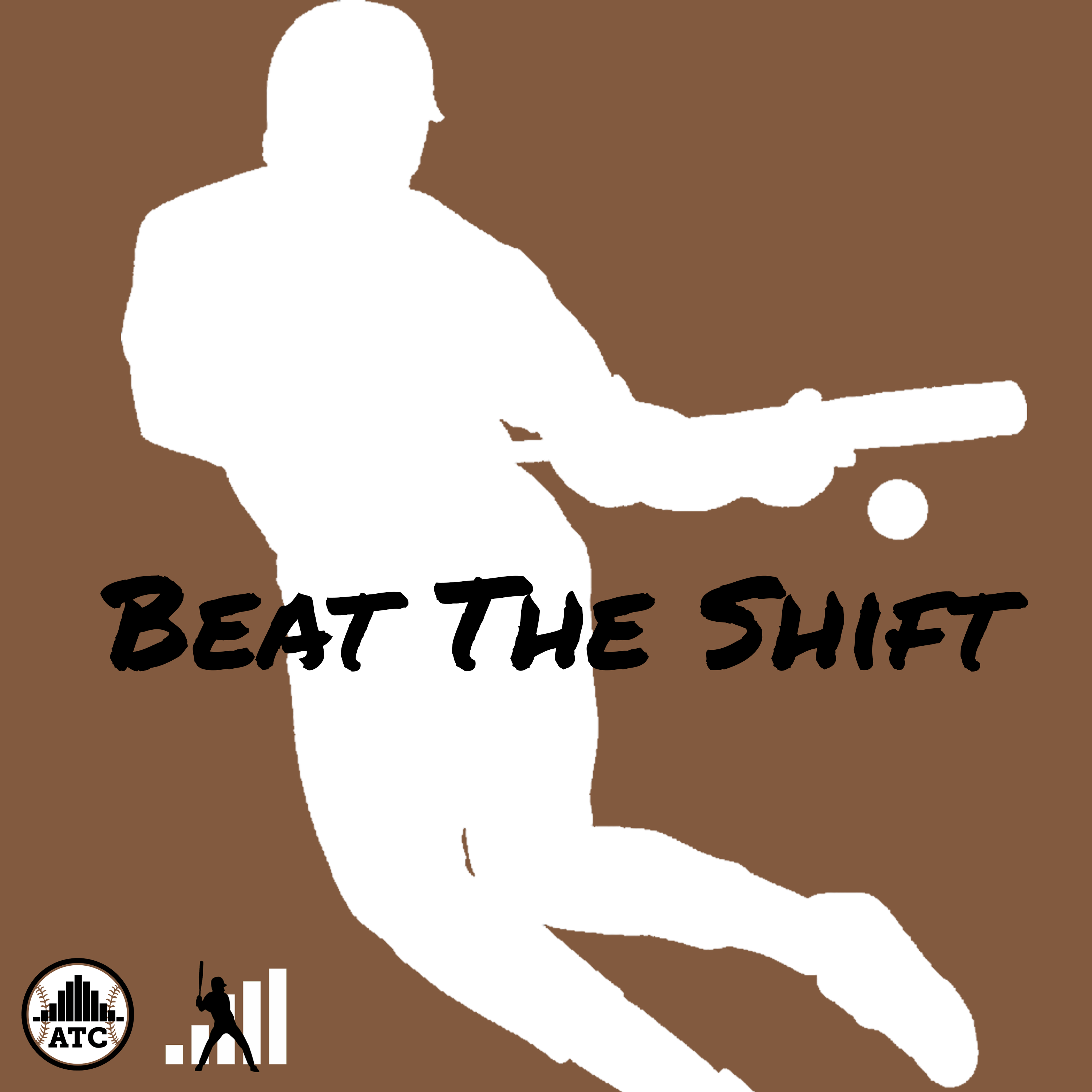Introduction
The key to succeeding in fantasy baseball:
Maximize the value of your accumulated roster.
At the start of a draft, each fantasy owner is handed a set of draft picks. Each owner receives a 1st round selection, a 2nd round selection, a 3rd round selection, and so on. If your league chooses to hold an auction rather than a more traditional serpentine draft – each team is handed $260 at the auction start. Players are then purchased throughout the auction with the use of these finite funds.
The key to gainfully drafting is not to draft a 3rd round player in the 3rd round, or a 9th round player in the 9th round, etc. The key is to draft a 3rd round player in the 10th round, and a 9th round player in the 20th round.
In an auction, if you purchase every player at his projected value, you will have paid $260 of auction dollars for $260 of value. What you will have is an average team. You won’t finish last, but you won’t finish first. Instead, with your $260 – you need to buy some $290 or $300 or $310+ of total value.
The key is to make a “profit” on as many roster spots as you can. The goal is to purchase players at bargain prices.
I have asked this question before – but it is worth asking every now and again. Suppose that you competed in an NFBC fantasy baseball auction back in July this season.
Which player was the better purchase?
Bryce Harper (OF, PHI)
OR
Andrew McCutchen (OF, PHI)
Before opining on the better Philly outfield purchase of 2020, let’s take a look at their final 2020 stat lines:
Player Comparison
| Player |
R |
HR |
RBI |
SB |
AVG |
| Bryce Harper |
41 |
13 |
33 |
8 |
.268 |
| Andrew McCutchen |
32 |
10 |
34 |
4 |
.253 |
On the surface, it seems like a pretty obvious answer. Harper had more HR, SB, R and a better batting average than McCutchen. He had just one fewer RBI.
Read the rest of this entry »

